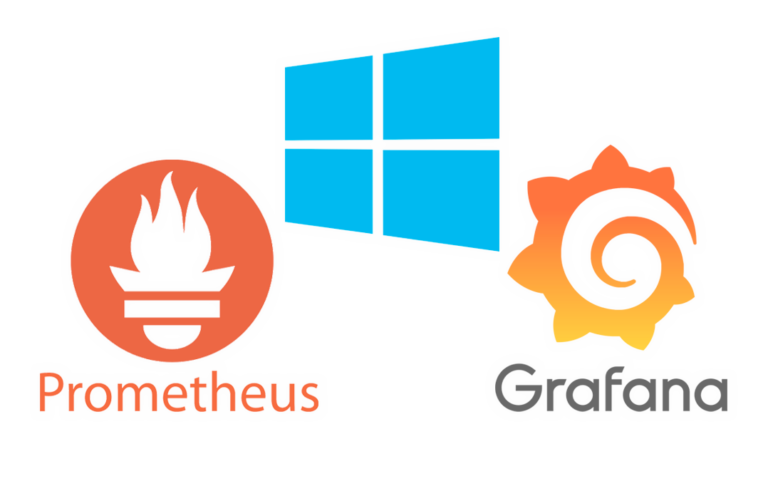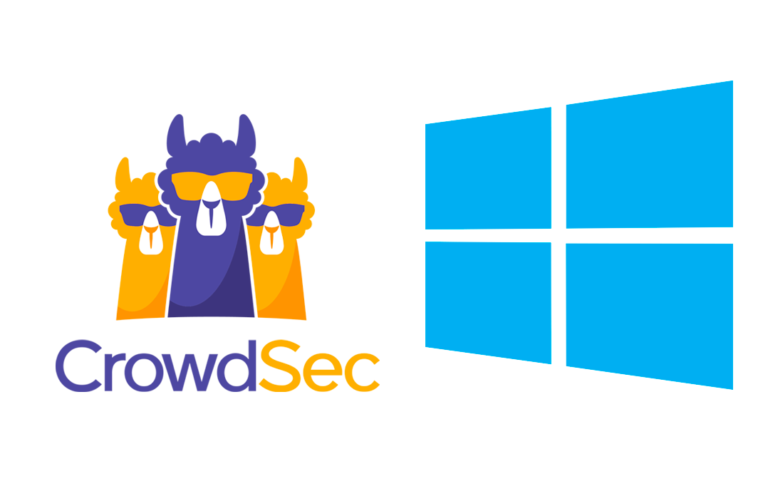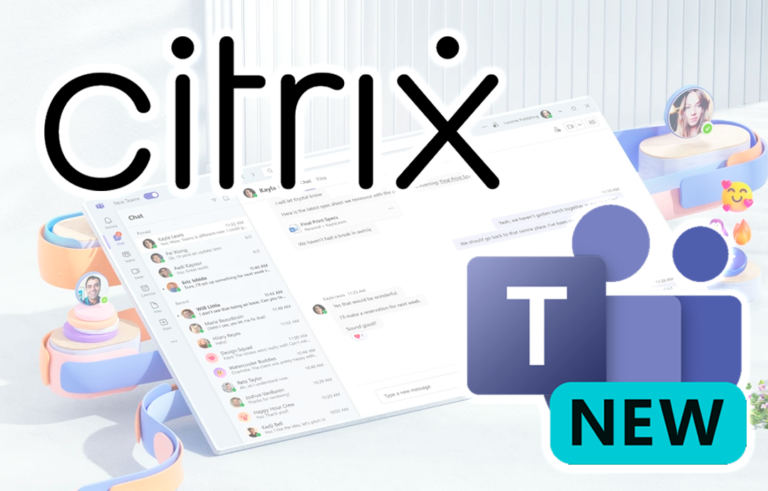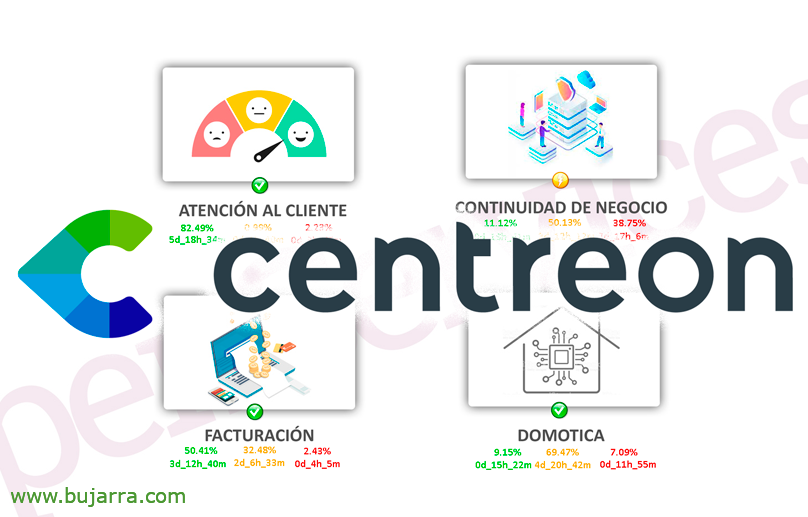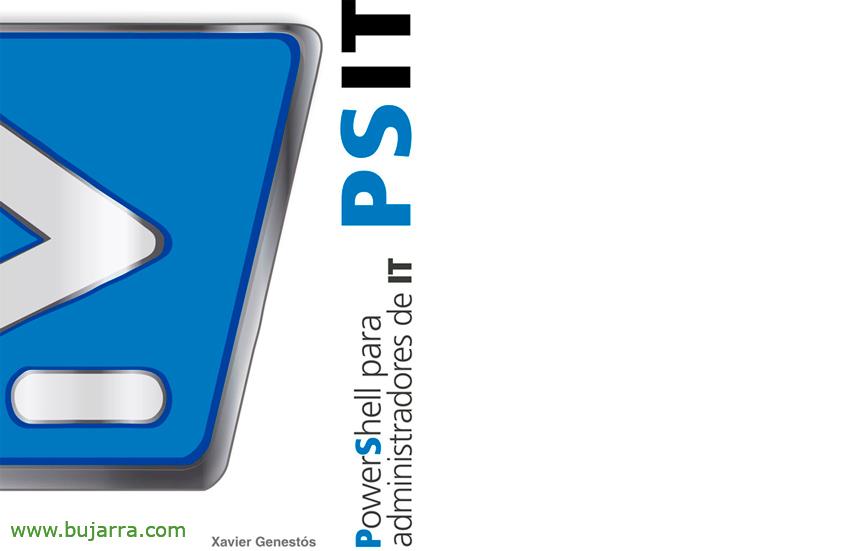
PowerShell Book in Spanish
Well, in case anyone remains unaware… Did you know that there is an excellent PowerShell technical book in Spanish?? If you have Windows machines in your work environment… You have no choice but to get to know this Swiss Army knife. And for me the best way to learn is with this type of technical books.
What I said, if you want to know the possibilities that PowerShell can offer, both for Windows Desktop (Windows 10, 11…), How to Windows Server (2016, 2019, 2022…) Don't let the train pass! In the end, you know that there will be no other, and that many times we will have to go down to the bar of making a script, Foolish or not, but something that can help us automate a complex or tedious task. Whether we want to or not, The Cloud Theme We know that many configurations, Administrations or data collections are much more efficient from PowerShell… To all adventurers, I present you an excellent book! PowerShell for IT administrators, is the PowerShell book in Spanish presented to us by the excellency Xavier Genestós.
So… another essential book that we can already add to our IT Book Collection. I remind you that Xavier Genestós is a historical author of IT books in Spanish, in addition to collaborating with the community on their blog sysadmit.com.
In addition to explaining in this post the content of the book, What I thought, and share my opinion with you, I wanted to encourage you to get started or if it is a topic that you have already touched on to delve into the world of PowerShell, especially if you touch Microsoft technology.
Think that tasks or circuits such as the registration of a user can automate the entire process, both in on-premise and cloud environments and thus avoid human error and of course saving time in performing repetitive tasks that do not contribute anything to us.
The tool for automating and/or scripting Microsoft environments is PowerShell and is not a new tool, the first version of PowerShell is of the year 2006.
In addition to automating, with PowerShell we will be able to do things that we cannot do using a graphical environment, Xavier, he already explains it in the prologue: On Exchange Server 2007 there are certain administrative tasks such as obtaining the size of the mailboxes that cannot be done via graphical environment and you have to resort to PowerShell, By the way, just like today with Exchange Online. With Exchange Online, We can get a list of mailboxes with their sizes? Yes, but with PowerShell, We will not be able to do it from the web administration portal.
Finally, tell you that PowerShell goes beyond the Microsoft world and that today we can use it on Linux or MacOSX systems, Yes, Linux you heard that right!, we can also use PowerShell on VMware systems, Veeam and many others. And those of us who know him know that it is amazing, you can do the same as in the GUI, in CLI 🙂
You will see that the book wants to explain PowerShell from the point of view of systems, Everything that's possible to do and how it works with a hands-on approach. I'm sure you'll enjoy it as much as I did!
I am going to do a little review of the topics that it deals with:
1. PowerShell versions
Different versions of PowerShell, what are the differences and PowerShell Core that we can also install on Linux.
2. Alias
How Aliases work in PowerShell. Did you know that dir or ls are really an alias?
3. Execution
How PowerShell execution works, the order of execution when we do not specify path or the policy of execution of scripts, How to set it up, etc..
4. cmd-lets
Basic rules for how PowerShell cmd-lets work.
5. Help
Many ways to find help in PowerShell, there's even a way to display help directly on Microsoft's website.
6. Command logging
The history and transcripts are very useful, especially to record what a script is doing when it is executed.
7. Parameters
Not all cmd-let parameters work the same way, some are mandatory, other common others may or may not be named.
8. Profile
PowerShell profile, with this functionality we can define what is loaded when we start a PowerShell session.
9. Variables
The use of variables, What types are there, How they work.
10. Pipes (Pipes)
If you have worked with Linux bash or cmd, I'm sure you know pipes in English. With the pipes we pass the output of one command to the input of the other and this is where, for example, we can do filtering, Format, among many others.
Here too is the big difference between PowerShell and cmd or bash, PowerShell output can be treated as an object, In this section you have everything very well explained.
11. Output to file
With PowerShell you can redirect the output directly to a CSV or HTML.
12. PSDrives
Explanation of what they are and how to explore them.
13. WMI / CIM
With WMI we can obtain all kinds of information from Windows systems, For example: How much RAM is occupied?
These queries can be made from PowerShell and in this section of the book you can find many examples of them.
14. Credentials
Explain how to avoid placing plaintext credentials in PowerShell scripts.
15. Editors
Features and How It Works to Edit PowerShell Scripts: PowerShell ISE vs Visual Studio Core.
16. Conditionals and loops
Different ways to work with conditionals and loops.
17. PowerShell Remoting
Do you remember the psexec of SysInternals? Well, with PowerShell you won't need it anymore if you configure PowerShell Remoting well.
With PowerShell Remoting you can execute commands on other computers (even Linux computers) and also open remote sessions, In this chapter you will find everything there is to know.
18. Run scripts from Group Policy (GPO)
Another way to launch PowerShell scripts on computers, Using Group Policy (GPO), Here's everything you need to know.
19. Modules
Very extensive and very useful chapter. Start with a FAQ on the modules where it is explained where they are, How can you see the ones that are loaded, etc...
Then there is an explanation with examples of the Windows Server modules, Exchange Server, SQL Server, Microsoft 365, VMware and even Veeam.
20. Examples of administrative tasks with PowerShell
More PowerShell use examples for system administrators: Event Viewer Management, System Information, net, yield, processes and many others.
21. Recommendations
Final chapter with the summary of recommendations explained throughout the content of the book so that we do not miss anything.
+ info:
- Learn more about PSIT – PowerShell for IT administrators.
- The FAQ purchase of books.
- And how to get it here itself!!!
As usual, hoping it will be of interest to you, Be happy!



